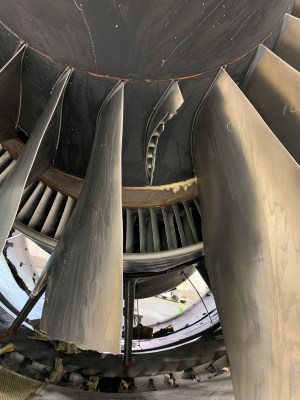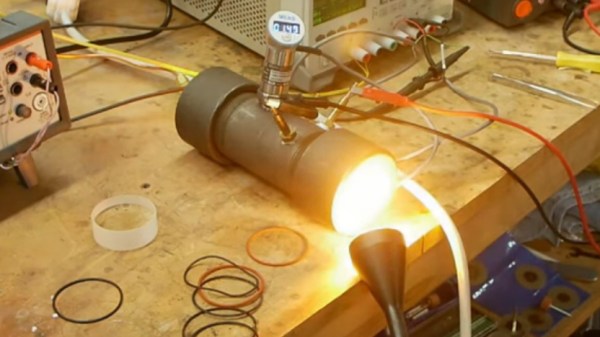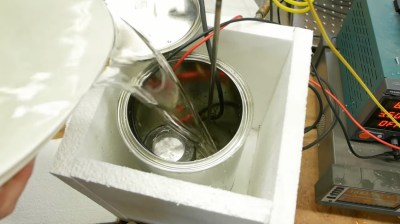Early Friday morning a Boeing 777 performed an emergency landing in Moscow, according to Russian media. The Interfax news agency cites an anonymous source who claims the landing was caused by an engine failure on a flight from Hong Kong to Madrid. According to the Hong Kong civil aviation department this was a cargo flight. So far no injuries have been reported.

Engine failures happen, pilots train for them, and our airport infrastructure is setup to accommodate emergency landings like this. However, the timing of this reported failure is notable. This is the second engine failure on a 777 within a week, and the third to occur in a Boeing aircraft.
Shortly after takeoff on Saturday, February 20th, a United Airlines flight bound for Hawaii made an emergency landing after suffering a catastrophic failure of the right engine. The event was widely shared on social media, you likely saw the video from a passenger inside the Boeing 777-200 that shows the damaged engine on fire — if you haven’t you really should. There was also damage on the ground due to falling debris. This prompted Boeing to launch inspections of all 777-200s, and soon afterwards the NTSB published photos of the damaged engine. No injuries have been reported.
Two days later, on February 22nd, a Boeing 747-400 cargo plane operated by Longtail Aviation suffered an engine failure over the Netherlands, dropping parts that reportedly injured two people on the ground. This is a different model of aircraft but uses a Pratt & Whitney PW4000, in the same family as the Pratt & Whitney PW4070/4090 on the United 777-200.
Reports of this morning’s emergency landing in Moscow will need to be verified and investigated, and we have not seen confirmation on what type of engine the Rossiya Airlines B777-300ER used. For comparison the 777-300ERs of the United fleet and the 777-300ERs operated by Emirates both use General Electric engines rather than Pratt & Whitney models, so it is likely the Rossiya aircraft also had a GE engine.
The fact that the flights were all able to make safe landings is a testament to the redundant engineering of these aircraft. CNET did a deep dive into last Saturday’s engine failure and notes that it was an Extended-range Operations Performance Standards (ETOPS) aircraft capable of flying long distances on a single engine — necessary if an aircraft needed to make it half-way to Hawaii on one engine for an emergency landing. They also report on two other Pratt & Whitney PW-4000 engine failures in 2018 and 2000 2020, although as mentioned before, today’s incident likely didn’t involve an engine from this maker.
[Main image source: B777-300 by Maarten Visser CC-BY-SA 2.0]























